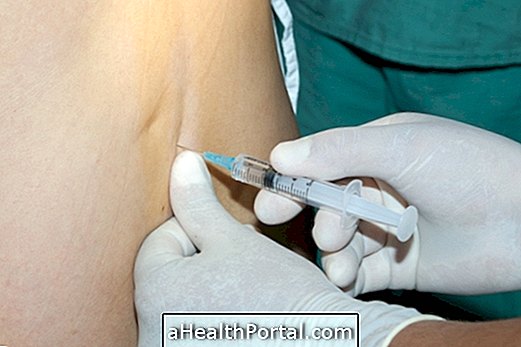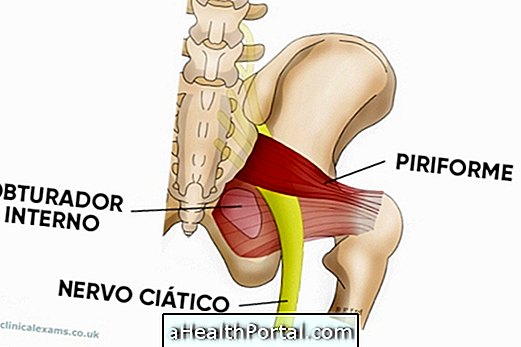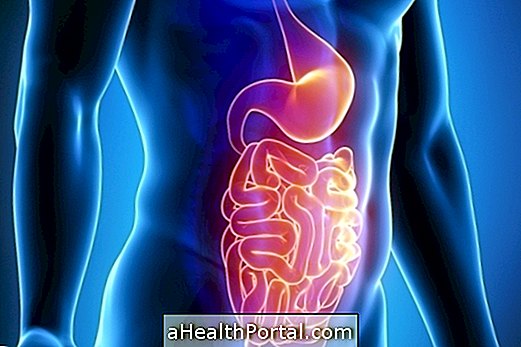Morbid obesity is a form of excessive fat accumulation in the body, characterized by BMI greater than or equal to 40 kg / m². This form of obesity is classified as grade 3, which is more serious, because, at this level, being overweight puts health at risk and tends to shorten the life span of the person.
So, the first step to knowing if a person has morbid obesity is to calculate BMI. To do this, you must enter the data in a calculator, like this:

This type of obesity has a cure and, in order to combat it, it is important to carry out medical and nutritional monitoring in order to reduce weight and treat associated diseases such as diabetes and hypertension, as well as the practice of physical activity to favor the burning of fat and increase of lean mass. However, in some cases, bariatric surgery may be necessary to resolve this condition more easily.
What Causes Morbid Obesity
The cause of obesity is an association of several factors, which include:
- Exaggerated consumption of high-calorie, high-fat or high-sugar foods;
- Sedentarism, because the lack of exercises does not stimulate the burning and facilitates the accumulation of fat;
- Emotional disturbances, which favor binge eating;
- Genetic predisposition, because when parents are obese it is common for the child to have a greater tendency to have;
- Hormonal changes, which is the least common cause, associated with some diseases, such as polycystic ovary syndrome, Cushing's syndrome or hypothyroidism, for example.
For the sake of simplicity, one can conclude that obesity is a result of consuming more calories than is spent throughout the day, and that excess calories and energy are transformed into fat accumulation.
Understand better the main theories that explain excess fat in causes of obesity.


How to treat
To lose weight and stop being obese, it is vital to adopt a dietary reeducation, eating healthy foods, rich in vegetables and lean meats, and eliminating goodies, fats, fried foods and sauces.
It is important to understand that the palate has become accustomed to this type of caloric food, being a kind of addiction, but it is possible to adapt and even to enjoy healthier foods, however, it is necessary to strive.
The diet needs to be done with the follow-up of a nutritionist, so that it is possible to adapt to the routine and the diseases that the person has, such as diabetes, high cholesterol and hypertension, which are common problems in morbid obesity. Also, one should not do severe diets because they are very difficult to meet. See the step-by-step to lose weight with food re-education.
When surgery is needed
Bariatric surgery or stomach reduction are valid treatment alternatives for morbid obesity, but in general they are only advised in cases where after 2 years of medical and nutritional treatment there is no significant weight loss or when there is a risk life due to being overweight. Learn more about surgeries on how weight loss surgery works.
In addition to healthy eating, successful treatment also involves practicing physical activity and psychological counseling to keep you motivated by the difficulty of losing weight.
Child Morbid Obesity
Childhood obesity is characterized by overweight among infants and children up to 12 years of age, when their body weight exceeds the average weight corresponding to their age by 15%. This excess weight increases the risk of the child developing serious health problems, such as diabetes, high blood pressure, difficulty breathing, sleep disturbances, high cholesterol or liver problems, for example.
Learn how to calculate your child's BMI:

The treatment of childhood obesity also involves changing eating habits and stimulating the practice of physical activity, recommending the nutritionist's orientation, so that the adjustment of the diet is calculated according to the amount of weight that must be lost and with the needs of each child. Check out the ways to help the overweight child lose weight.






















